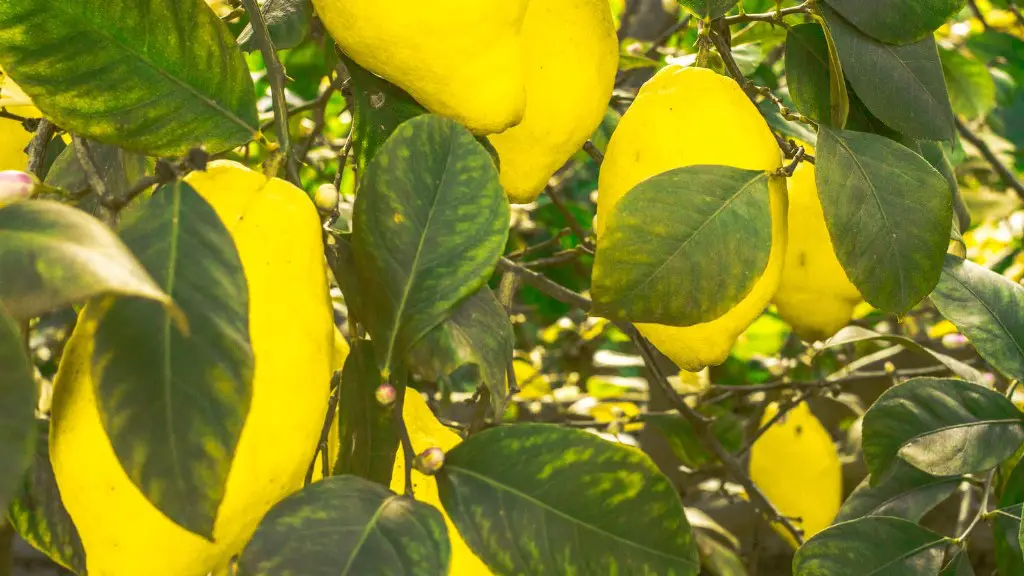Palm oil extraction is a delicate yet highly efficient process that involves careful and precise removal of oil from the palm fruit. This oil is then further processed for use in a variety of products ranging from food and cosmetics to biofuel. Despite its importance to the global economy, the origins of the product remain largely unknown to the general public. What is palm oil exactly, and how is it extracted?
Palm oil is a vegetable oil derived from the fruit of a species of palm tree. It has a reddish-orange hue and is used widely in a variety of products ranging from food such as margarine and chocolate to personal care items like lipstick and shampoo. This versatile product can also be used to fuel cars and power plants, and this type of oil is known as biofuel. As demand for this product increases, the problem of sustainability arises. Therefore, it is important to understand the harvesting and extraction processes related to the production of palm oil.
The process of extracting palm oil from the fruit begins with the collection of palm fruit bunches from large palm trees. Firstly, the bunches are separated from the trees and then transported to processing plants for further processing. The ripened palm fruit is then collected and placed in a threshing machine that separates the husks from the inner fruits. After that, the pulpy fruits are then sent through a steaming and cooling process before they are sent to a presser in order to extract the oil. The extracted oil is then filtered and collected. The last step in the process is crude palm oil, which must then be further refined, bleached, and deodorised in order to form the edible oil used in various products.
The extraction and harvesting of palm oil are extremely labour-intensive and require specialised machinery for processing. According to experts, it is important to ensure that the process does not result in deforestation and unsustainable practices as it has a profound effect on the environment. In order for the extraction of palm oil to be sustainable, the habitats of wildlife and local communities must be considered during the production processes as well as the quality of the extracted product.
In addition, the extraction and production of palm oil can have a significant impact on local economies. In many cases, it is the primary source of income for those living in the region. As more people rely on the industry to support their livelihoods, it is important to ensure that the extraction and harvesting processes are respectful of the environment and the rights of the communities. This is why environmental groups, such as the Rainforest Alliance, are working in partnership with palm oil producers to ensure that harvesting and manufacturing processes are sustainable and comply with safety standards.
Environmental Regulations
To guarantee the sustainability of palm oil production, many countries are introducing regulations in order to control the extraction and harvesting. For example, in Indonesia, the government has set out a policy that requires the use of sustainable practices from palm oil producers. This includes a ban on certain practices and improved waste management practices, among other changes. Furthermore, some countries are also introducing a certification system to ensure that palm oil production remains sustainable.
The certification process is an attempt to ensure that the extraction and harvesting of palm oil are in compliance with specific global standards. This includes a stringent system for monitoring the safety and sustainability of the oil being produced. Many companies have been keen to ensure their palm oil production methods meet these standards and have obtained certification, such as the internationally recognised Roundtable on Sustainable Palm Oil (RSPO).
In general, companies are using a variety of tactics in order to guarantee that the extraction and harvesting of palm oil remain sustainable and respectful of their environment. Steps such as monitoring and certification are helping to ensure that palm oil production remains ethical and respectful of the people and the planet.
Introduction of New Technologies
In order to further ensure that the extraction and harvesting of palm oil remain safe and responsible for the environment, new technologies are being developed and implemented. For instance, new monitoring tools are making it easier for companies to track their palm oil production and ensure that they are not committing any environmental violations.
Furthermore, new technologies are being developed to further enhance the extraction and harvesting processes. For example, some companies are using robotic and automated technologies to more efficiently and safely collect and process the fruit bunches and extract oil. Others are using machine learning systems to quickly and accurately identify trees in need of maintenance and predict when to harvest it.
In addition, companies are also investing in sustainable palm oil plantations and seeking to ensure their practices remain sustainable and responsible for the environment. These efforts are helping to ensure that the environment and local communities receive the maximum benefit from the extraction and harvesting of palm oil.
Reducing the Dependence on Fossil Fuels
In addition to ensuring sustainable and responsible practices, many companies are also making efforts to reduce their dependence on fossil fuels for palm oil extraction and harvesting. For example, some companies are investing in renewable energy sources such as solar and wind power in order to power their extraction and processing plants. This helps to reduce the carbon footprint of their production processes.
Furthermore, many companies are making efforts to reduce their water consumption and the amount of waste produced by their production processes. This is accomplished by introducing more efficient systems and techniques, such as reusing water and recycling materials. These efforts are helping to reduce the environmental impact of palm oil production by reducing the amount of water and other resources needed to produce the oil.
Conclusion
The extraction and harvesting of palm oil can have a dramatic impact on the environment, local economies, and human lives. Therefore, it is important for the industry to take steps to ensure that the process is not only efficient, but also sustainable and ethical. Fortunately, the industry is making efforts to ensure that the extraction and harvesting of palm oil remain sustainable and ethical. This includes the introduction of new technologies and initiatives, such as monitoring and certification programmes. Furthermore, companies are reducing their dependence on fossil fuels and investing in renewable energy sources. Overall, the efforts being taken to ensure safe, sustainable, and ethical palm oil extraction and harvesting are helping to protect the environment and the lives of those living in palm oil-producing regions.



